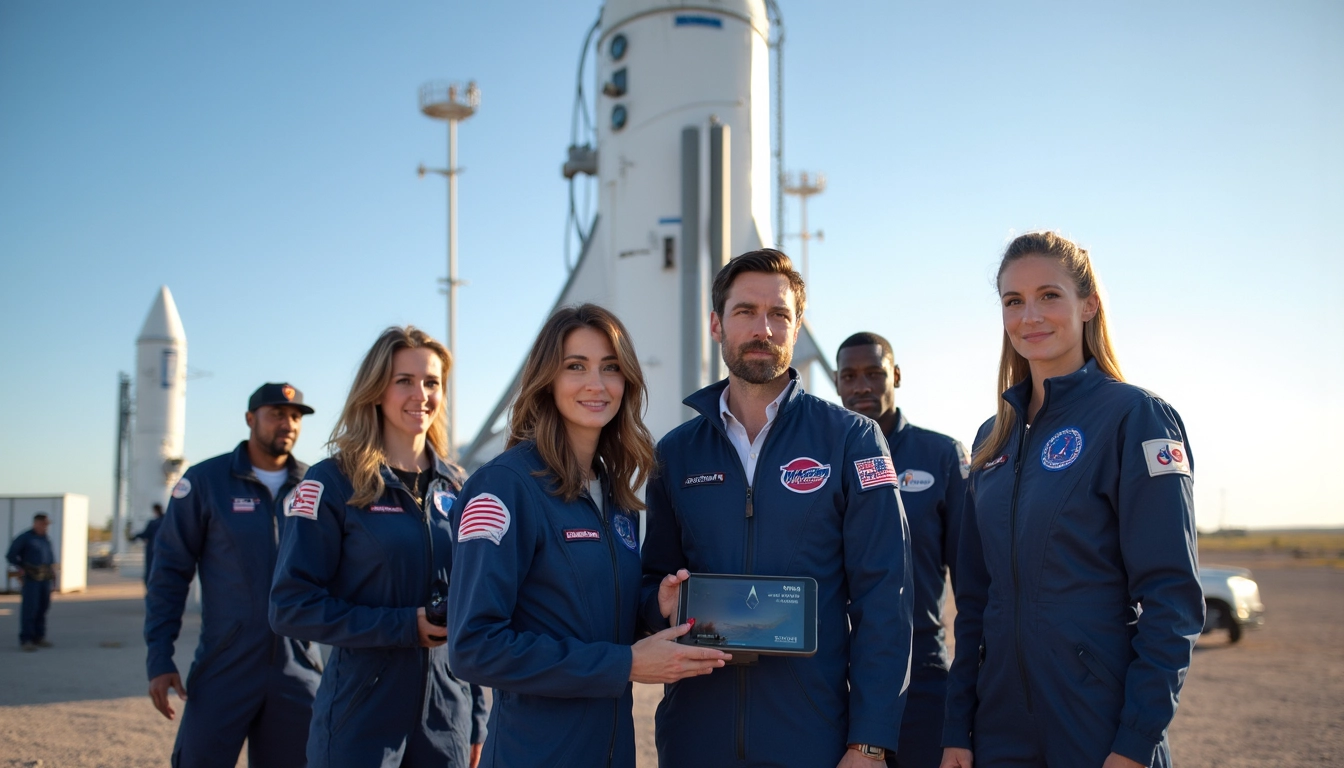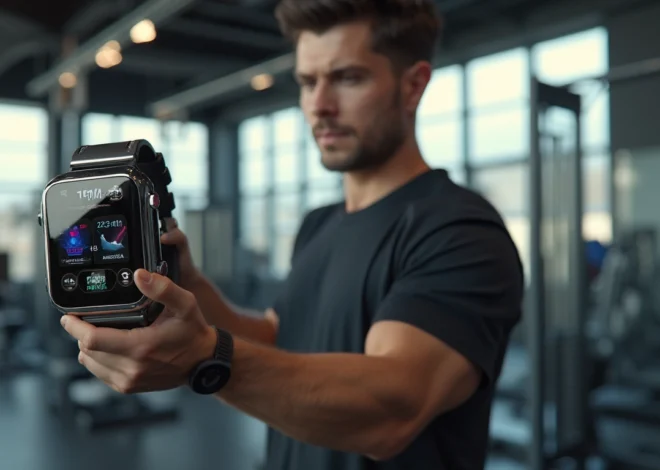
Blue Origin Launches Historic NS-28 Mission Taking 100th Woman to Space
On Friday, November 22, 2024, Blue Origin marked a significant milestone in space tourism with the launch of its NS-28 mission, carrying six tourists to the edge of space. This mission included a notable passenger, Emily Calandrelli, who became the 100th woman to fly into space, and a couple on their second suborbital adventure with Blue Origin.
Table of Contents
Key Takeaways
- The NS-28 mission launched on November 22, 2024, from Blue Origin’s west Texas facility, marking the 28th flight of the New Shepard rocket-capsule combo and the 9th with human passengers[3>.
- Passengers included Emily Calandrelli, a science popularizer and TV host, and a married couple, Sharon and Marc Hagle, on their second Blue Origin flight[3>.
- The flight reached an altitude of approximately 60 miles above Earth’s surface, with passengers experiencing over three minutes of weightlessness[3>.
- This mission highlights Blue Origin’s reliability and safety record in space tourism, as well as the growing trend of repeat space tourists[3).
- The future of suborbital space travel looks promising, with increasing accessibility and potential scientific and educational applications[3).
Edge of Space Adventure: Blue Origin’s Latest Tourist Launch
Blue Origin’s NS-28 mission was a historic event, not only because it marked the 100th woman in space but also due to the diverse and accomplished crew it carried. The launch took place at Blue Origin’s west Texas flight facility, a site that has become synonymous with the company’s suborbital flights. The New Shepard rocket-capsule combo, which has been the workhorse of Blue Origin’s space tourism efforts, successfully lifted off at 10:30 a.m. EST, carrying its passengers to an altitude of approximately 60 miles above Earth’s surface[3).

Passengers and Their Journey
The crew of the NS-28 mission was a mix of seasoned space travelers and newcomers. Emily Calandrelli, known as “The Space Gal,” was a standout passenger. An MIT engineer, Emmy-nominated TV host, and #1 NYTimes best-selling author, Calandrelli has been a champion for STEM education and has inspired countless young people, especially girls, to pursue careers in science and technology[1][3][5>.
Sharon and Marc Hagle, a married couple, were on their second Blue Origin flight, having previously flown on the NS-20 mission in 2022. Sharon Hagle is the founder of SpaceKids Global, a nonprofit dedicated to inspiring elementary students in STEAM education. Her husband, Marc, joined her on this adventure, making them the first married couple to launch on a commercial space vehicle twice[3).
Flight Experience and Statistics
The NS-28 mission was a brief but intense experience for the passengers. The New Shepard rocket propelled the capsule to an altitude where the passengers experienced about three minutes of weightlessness. The total flight time was around 10 minutes, with the capsule descending under parachutes to a soft landing while the booster made an engine-assisted vertical touchdown[1][3).
The speed of the flight was impressive, exceeding 2,000 miles per hour, more than three times the speed of sound. This mission brought the total number of individuals launched to space by Blue Origin to 47, with three individuals having now flown twice with the company[3).
A Passenger’s Perspective: Emily Calandrelli’s Reaction
Emily Calandrelli described her experience as elating, comparing the feeling to when her children were born. She expressed awe at the view of Earth from space, highlighting the emotional impact of suborbital space travel. Calandrelli also honored the 99 women who flew before her by carrying a montage of their photos to space[1][5).
Repeat Customers: The Appeal of Multiple Flights
The NS-28 mission saw Sharon and Marc Hagle making their second trip to space, a trend that is becoming more common in the space tourism industry. This repeat business underscores the appeal and safety of Blue Origin’s flights, as well as the unique experience that suborbital space travel offers. The Hagle couple’s return to space is a testament to the spirit of exploration and the boundless possibilities that lie ahead[3).
Blue Origin’s Progress in Space Tourism
Blue Origin, founded by Jeff Bezos, has made significant strides in space tourism. The New Shepard rocket has a reliable and safety record, with multiple successful flights. This consistency is crucial for building trust among potential space tourists. In comparison to other space tourism companies, Blue Origin’s approach has been focused on suborbital flights, offering a unique and accessible way for civilians to experience space[3).
For those looking to automate various aspects of their business or personal life, platforms like Latenode can be incredibly useful, allowing for the automation of tasks such as blog posts, social media, and more, freeing up time to focus on other endeavors, including exploring the possibilities of space tourism.
The Future of Suborbital Space Travel
The future of suborbital space travel looks promising, with increasing accessibility and potential scientific and educational applications. As technology advances and costs decrease, more people will have the opportunity to experience space. However, this growth also raises environmental and regulatory considerations that will need to be addressed to ensure sustainable and safe frequent launches[3).
For more insights into the evolving landscape of space exploration, you can also explore NASA’s Boeing Starliner crewed mission and NASA’s Artemis program, which are paving the way for future space travel and exploration.
Additionally, initiatives like those of the European space startup that secured funding for sustainable reusable spacecraft development highlight the global interest and investment in making space travel more accessible and sustainable.


